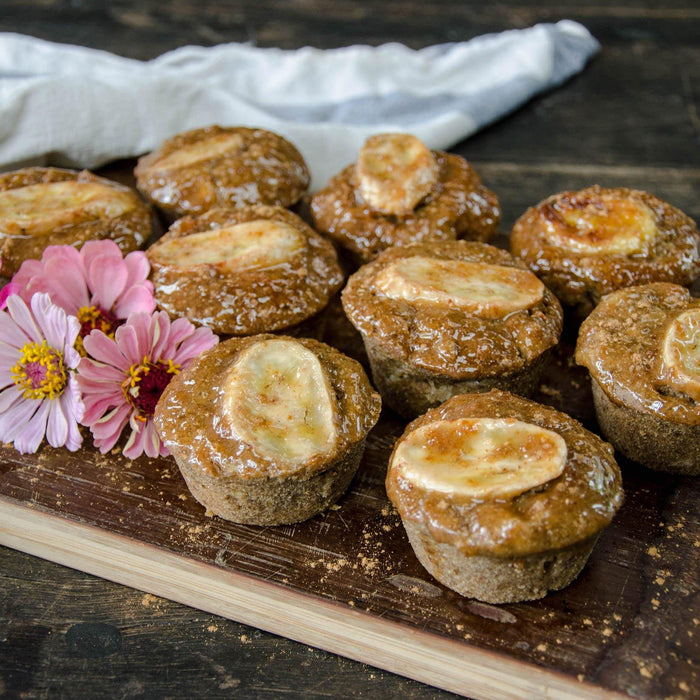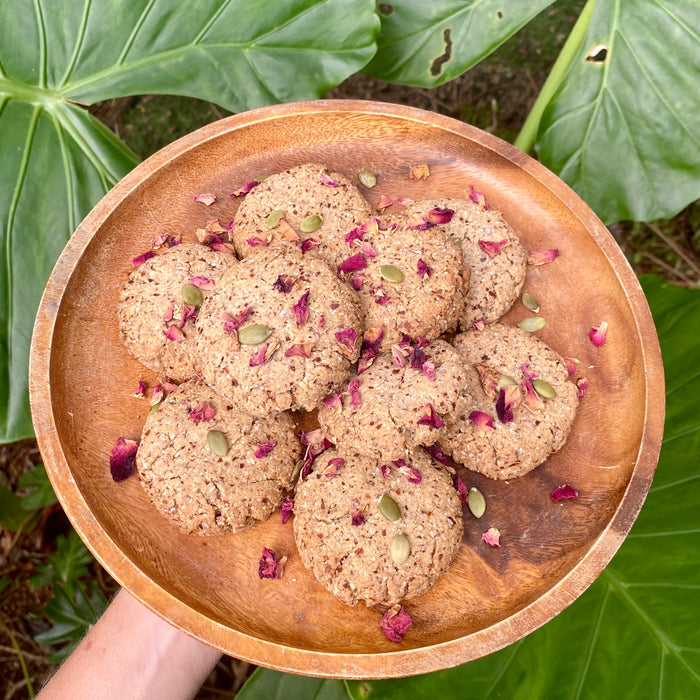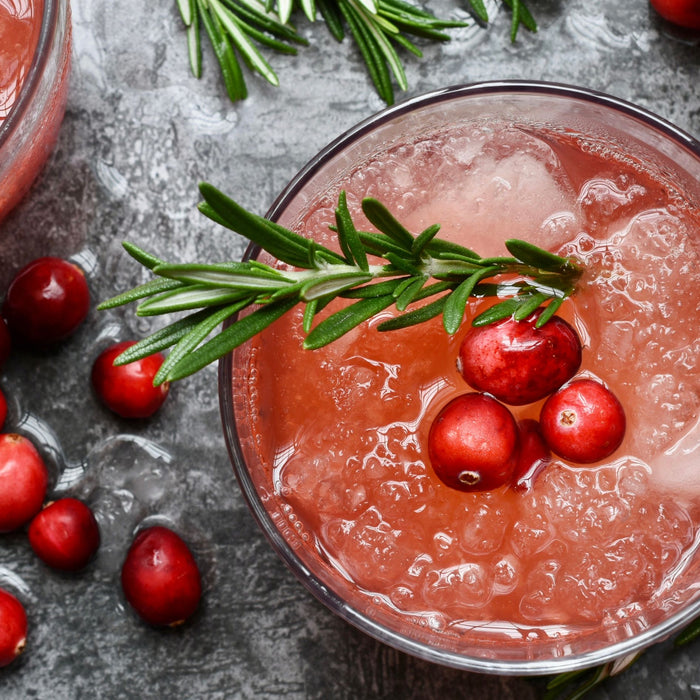There is a lot of confusion about recycling, so in light of National Recycling week this November, we have partnered with the Byron Shire Council to compile some information to help demystify and explain some of the dos and don’ts.
First things first - recycling is not our answer to reducing waste. It is always better to REDUCE, REFUSE and REUSE before we recycle. But recycling is still important, as it offers a way to recover resources that can be used again. If you sort your waste correctly, you help create clean streams of higher quality materials ready for recycling - which basically makes it more likely that the material ends up being reused.
One of the most common misconceptions about recycling is that it all goes to landfill. This is not true. Recyclable materials do get sent to be sorted, broken down and sold to be manufactured into new products. But in order for this to happen consistently we need clean streams and minimal contamination. To reduce the risk of contamination you can follow some of the following tips and guidelines.
It's important to rinse or wipe containers
Many people ask if it is necessary to rinse containers. The simple answer is yes. It is important that you rinse out containers in order to reduce contamination. Rinsing and wiping removes food and other contaminants. It also creates a better quality material. Also, both machinery and people sort the recycled items, and mass amounts of rancid milk bottles and tuna cans is not pleasant for anyone!
The triangle is not always right
The famous recycling triangle can unfortunately be misleading. What it means is that ‘in theory’ the item could be recycled. But in reality, while the item may be made of recyclable materials, it may be in a form that is not conducive to our recycling infrastructure. For example some soft plastics have the triangle, but they cannot go into kerbside recycling because they get stuck in the machinery. The triangle also helps to categorise the material. The number inside the triangle is there to identify the type of plastic it is, e.g. number 2 indicates the item is PET (Polyethylene terephthalate). Some of these plastics are of higher value than others.
Keep out small items
There is a lot of confusion about bottle top lids. The fact is that technically some of them could be recycled, but this is where infrastructure comes into play. Small items, like lids can get stuck in the machinery or fall through some of the gaps and become a hazard. This is why you should not place “anything smaller than a credit card” in your recycling bin. Please support by removing small items and placing them in your landfill bin instead.
Don’t box or bag
Boxing and bagging your recyclables is not helpful, instead it means that someone will have to go through it and this is not always possible, so keep it loose.
NO Bioplastics or coffee cups
Coffee cups are not recyclable because they are a composite material of plastic and paper. In order for the paper to be recycled, the lining would have to be peeled off and separated from the paper.
Bioplastics are plant-based plastics, so they cannot be mixed with oil-based or regular plastics for recycling. These items are contaminants in the recycling stream. So check labelling before you dispose.
Many people are unsure of what to recycle and end up ‘wishcycling’, that is putting an item in the bin and hoping for the best. But this can actually create more contamination! So if you are unsure, you can check the Byron Shire website (or your local shire recourse recovery site), or call the Resource Recovery hotline 1300 652 625.






